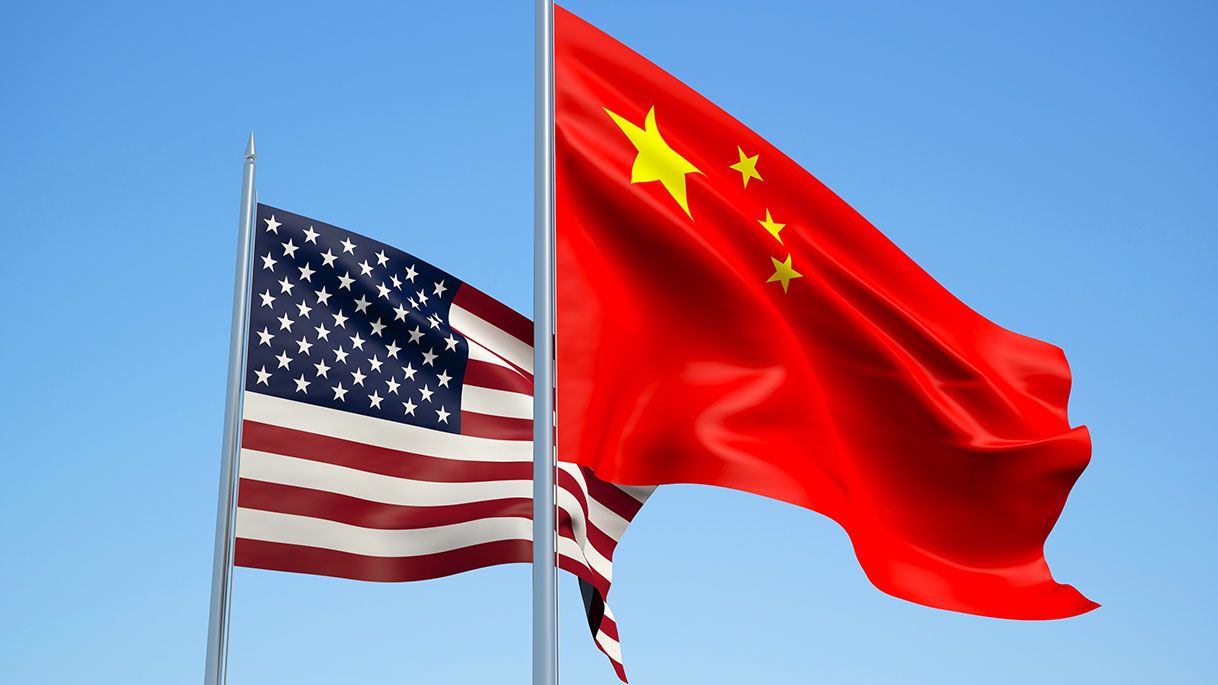Executive Brief

China has taken an increasingly confrontational stand against the US in the wake of the spy balloon incident, accusing the US of engaging in “information and public opinion warfare.” On 12 February China countered with claims of shooting down a “foreign balloon” in the Bohai Sea where the PLA Navy was conducting exercises and the following day accused the US of more than 10 balloon intrusions into Chinese airspace. Pamir questions the veracity of these claims.
With the National People’s Congress opening on5 March, President XI Jinping cannot afford to be seen as weak towards the US. China is publicly demanding return of the balloon wreckage and threatening to take further action, but internally, Beijing is trying to move beyond the incident.
Three signposts could indicate the direction of US-China relations in the coming months:
- Proposed ban of select US investments in China;
- US Speaker McCarthy’s likely visit to Taiwan in April;
- Congressional bills that would revoke China’s Most Favored Nation status.
On 13 February China’s Foreign Ministry announced that Politburo member WANG Yi in charge of international relations will attend the 59th Munich Security Conference on 17 19 February in Germany. The US State Department has not confirmed if Secretary Blinken will meet with his Chinese counterpart in Munich. Recently released US State Department data confirmed that China’s Zero-Covid policy severely reduced travel compared to other countries. The number of global non-immigration visas issued in 2022 almost returned to 2019 pre-Covid levels, but the US Embassy in Beijing and its consulates in Shanghai, Shenyang, and Guangzhou issued only10% of the number issued in 2019. Chinese social media are trying to refocus blame on the US and are full of comments about the increased difficulty of getting a visa due to US restrictions, particularly for STEM students.
Military Use of BalloonsHigh-altitude balloons (HABs) are an integral part of what the Chinese military views as the newest battlefield sitting between 12 and 60 miles above the earth’s surface, above flightpaths and below satellites, in a layer called “near space.” This is the same space used by ballistic and hypersonic missiles. China’s technical leader in HAB development and employment is the China Academy of Science (CAS), which in 2019 established its Aerospace Information Research Institute (AIR) by consolidating the Institute of Electronics (IECAS), Institute of Remote Sensing and Digital Earth (RADI), and Academy of Opto-Electronics (AOE).
Since April 2014, when President Xi instructed the PLA Air Force to “speed up air and space integration and sharpen offensive and defensive capabilities,” China has worked to improve its HAB capabilities and to use light-than-air vehicles as launch pads from near space for hypersonic and ballistic missiles and unmanned vehicles. China has developed HABs for military reconnaissance, surveillance, communications relay, and electronic countermeasures. China first revealed an export version of its military HAB, the JY-400 In-Air Reconnaissance and Surveillance System, in 2014 and displayed the latest version at the November 2022 Zhuhai Air Show.
China's EconomyPresident Xi chaired a Politburo session on 31 January to promulgate his “new pattern of development,” which calls for China to deal urgently with decoupling with the US and sets new guidelines for China’s efforts in the coming years. Xi’s new policy will focus on increasing domestic consumption while opening to the outside world. Its aim is to allow China to survive, compete, develop, and sustain itself in unpredictable circumstances. Xi called for building a modern industrial system that is “independent, controllable, safe, reliable, and highly competitive.” He said China’s new pattern of development will focus on the manufacturing industry rather than the financial economy. He is requiring improvements to China’s supply chains and promoting greater global dependence on China.
Xi emphasized the importance of science and technology and the need for China to become a global leader in important fields, a pioneer in cutting-edge interdisciplinary areas, and a major scientific center and innovation hub for the world." He stressed quickening the pace of tech self-reliance and called for creating a new eco-system to integrate innovation, production, talent training, and recruitment.
China dominates 96% of the global large photovoltaic wafer market. It is the only country in the world that has the technology to produce 182-210mm photovoltaic wafers. China has made significant progress in laser radar technology, which is essential for auto driving. The Chinese government predicts that China will have 400,000 to 500,000 cars equipped with laser radar automation systems in 2023.
Download our recent executive brief to keep reading.